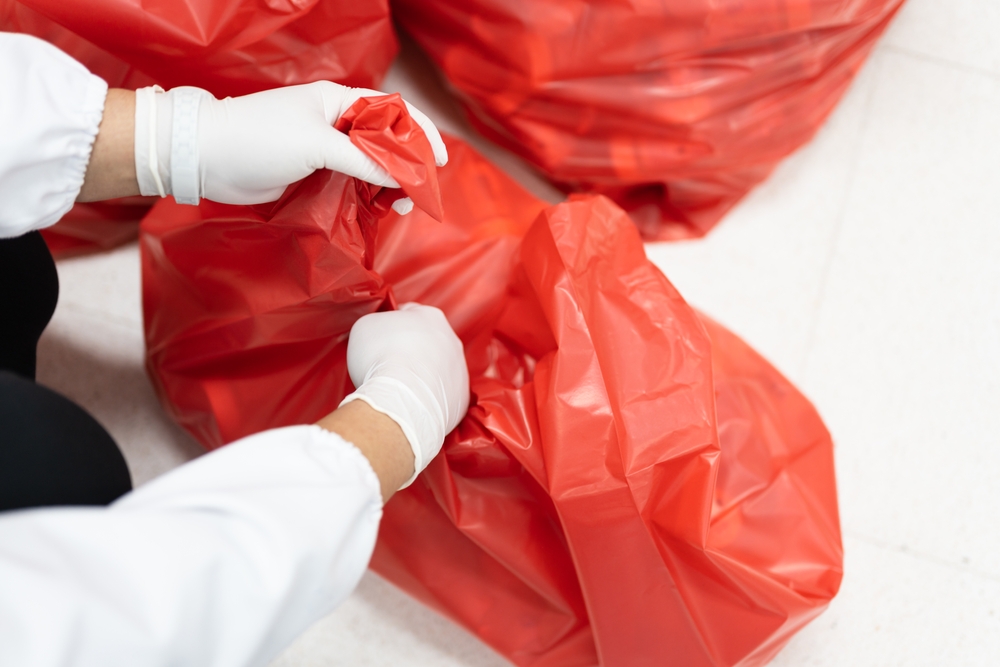P-list hazardous waste is considered acutely hazardous waste and must be managed carefully and in compliance with applicable laws and regulations. Here are some general steps for disposing of p-list hazardous waste:
Identify the waste: Identify the waste as p-list hazardous waste using the U.S. Environmental Protection Agency (EPA) Hazardous Waste Codes. These codes classify hazardous wastes according to the risks they pose to human health and the environment.
Segregate the waste: Store the p-list hazardous waste separately from other hazardous wastes and non-hazardous wastes to prevent contamination. Use appropriate containers that are compatible with the waste.
Label the waste: Label the p-list hazardous waste containers with the words “Hazardous Waste,” the EPA Hazardous Waste Code, and other required information such as the date of accumulation.
Transport the waste: Arrange for transportation of the p-list hazardous waste by a licensed hazardous waste transporter. Ensure that the transporter is authorized to handle and transport the specific type of hazardous waste you are generating.
Dispose of the waste: Dispose of the p-list hazardous waste at a permitted hazardous waste treatment, storage, or disposal facility. These facilities are designed to safely manage hazardous waste and prevent harm to human health and the environment.
It is important to note that specific disposal requirements may vary depending on the type of p-list hazardous waste and local, state, and federal regulations. The experts at Waste Medic have the experience and knowledge to help organizations of all sizes ensure proper disposal.
Examples of P-List Hazardous Waste
P-list hazardous wastes are acutely hazardous wastes that are considered extremely toxic and pose an immediate threat to human health and the environment. Here are some examples of p-list hazardous waste:
P042 – Arsenic trioxide
P010 – Benzidine
P012 – Chloroform
P078 – Nitroglycerin
P032 – Methyl isocyanate
P086 – Sodium azide
P002 – Acetaldehyde
P018 – Acrolein
P014 – Carbon disulfide
P045 – Cyanide salts
These are just a few examples of p-list hazardous waste. It is important to note that the list of p-list hazardous wastes may change over time, and specific regulations may vary depending on the location and type of waste.
How Waste Medic Can Help
There are stringent regulations governing the collection and disposal of medical waste. Waste Medic has the expertise to help protect you from risk with comprehensive services for transportation and disposal, with no hidden costs and exceptional customer service.











